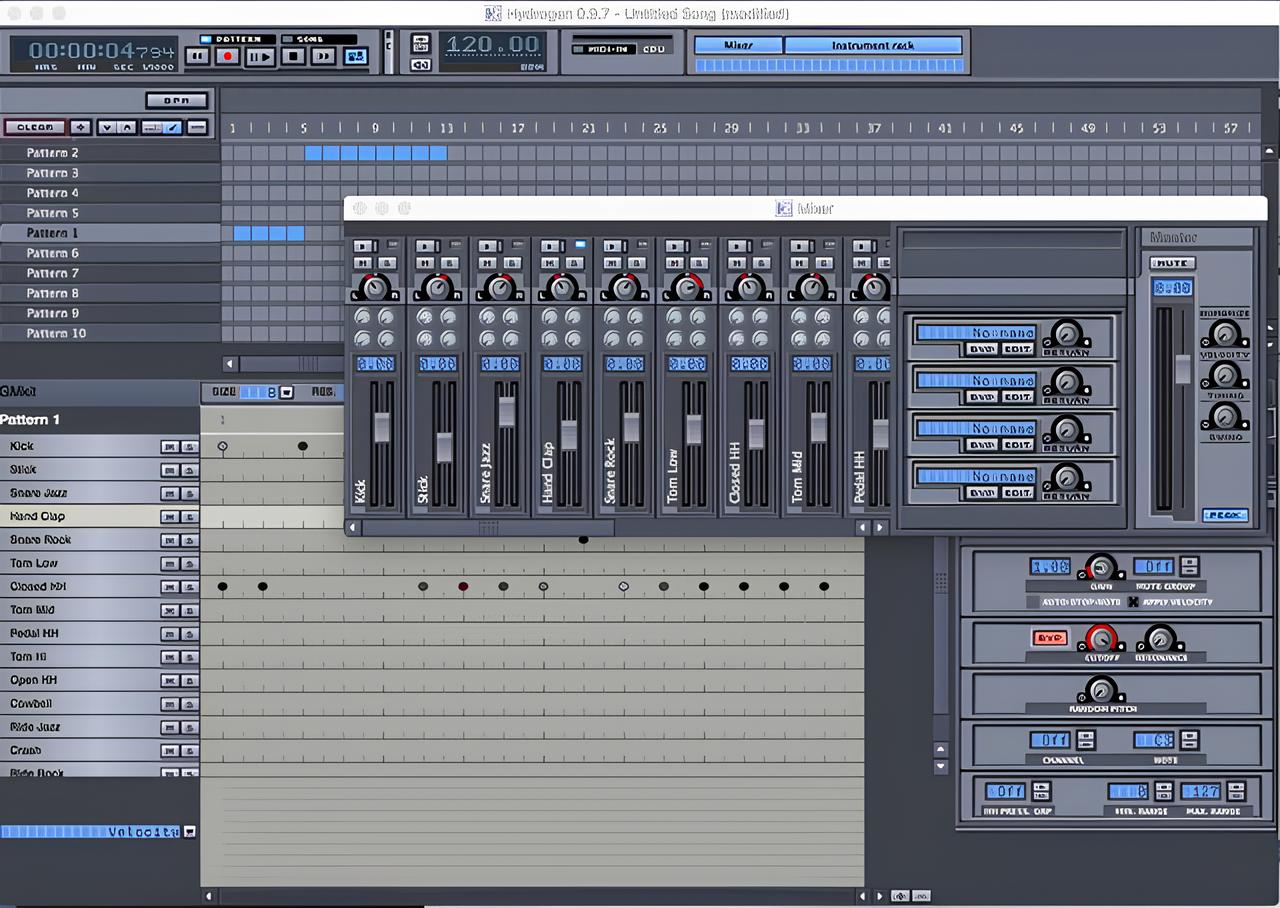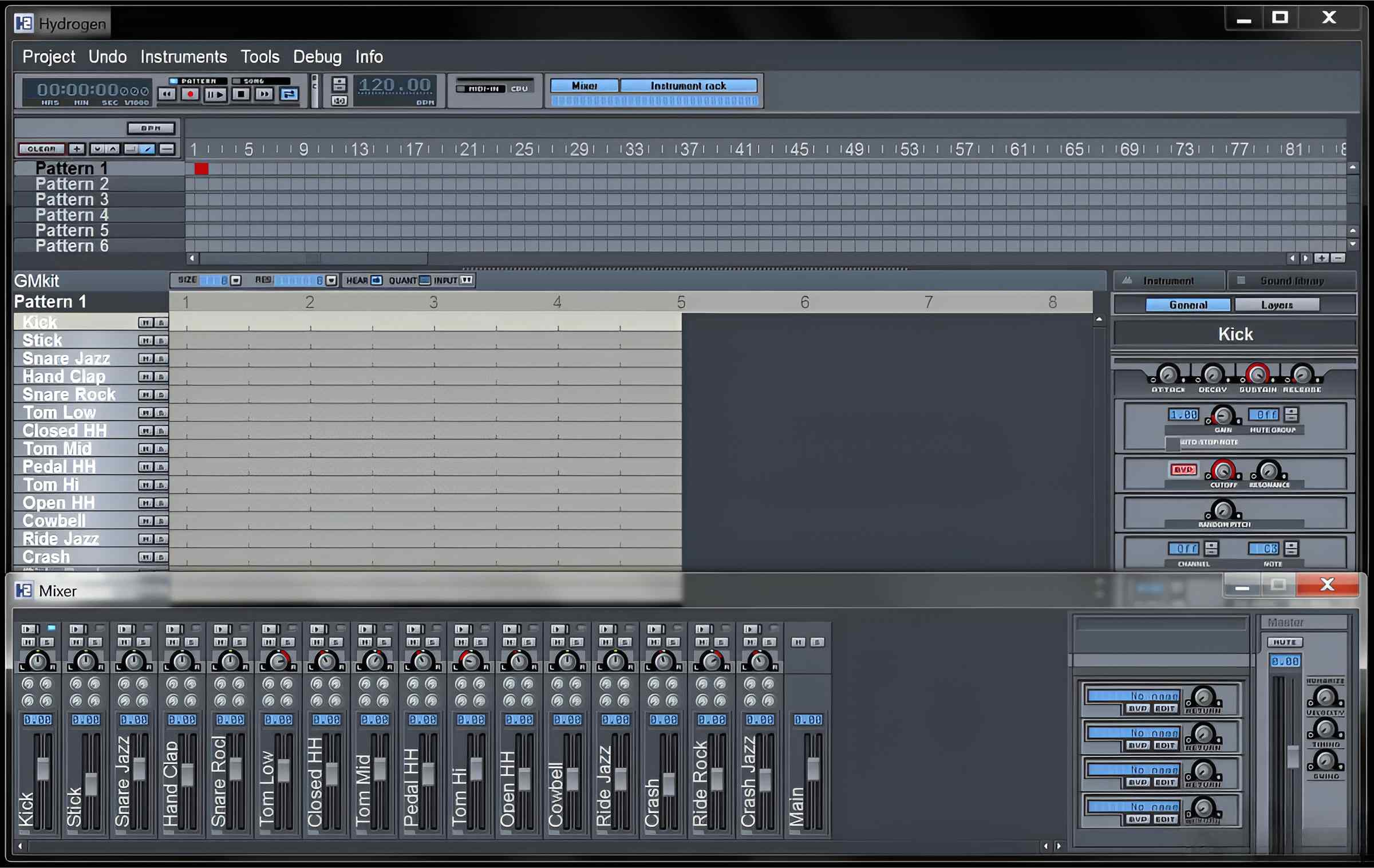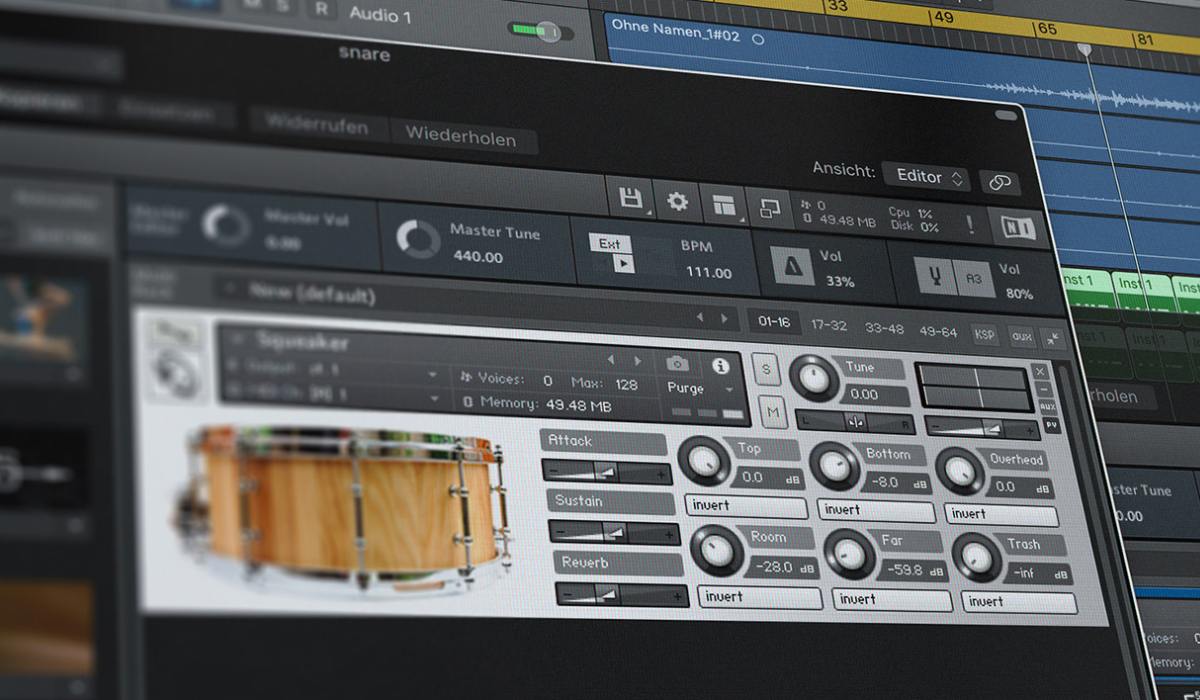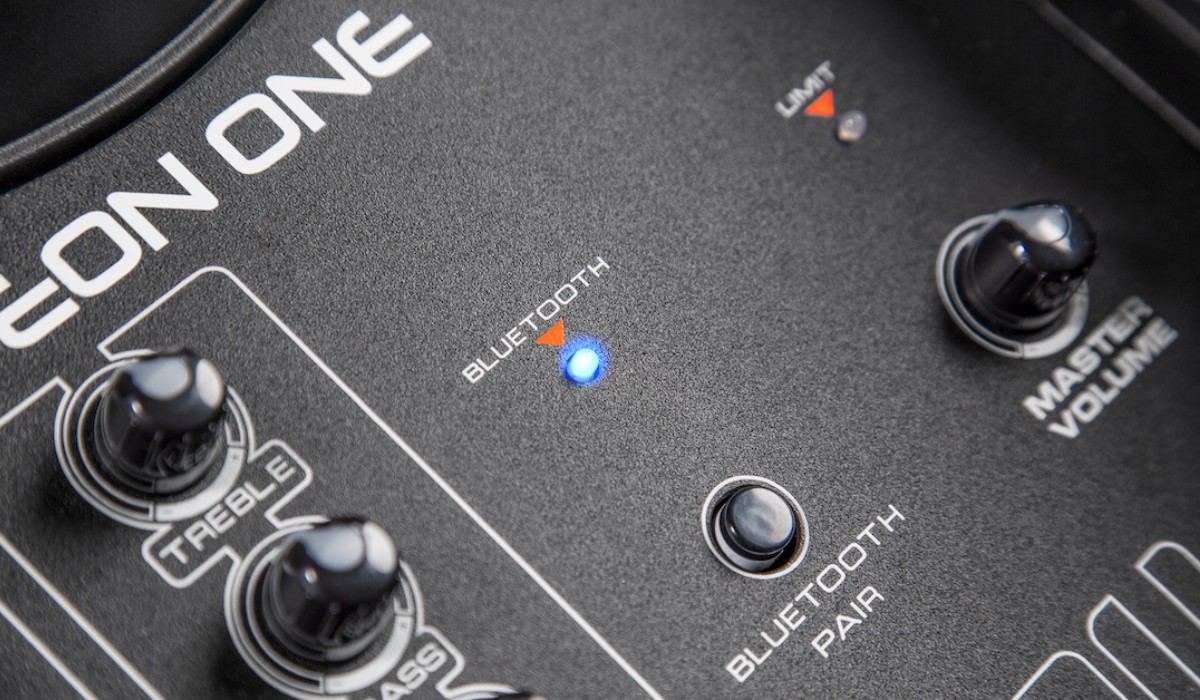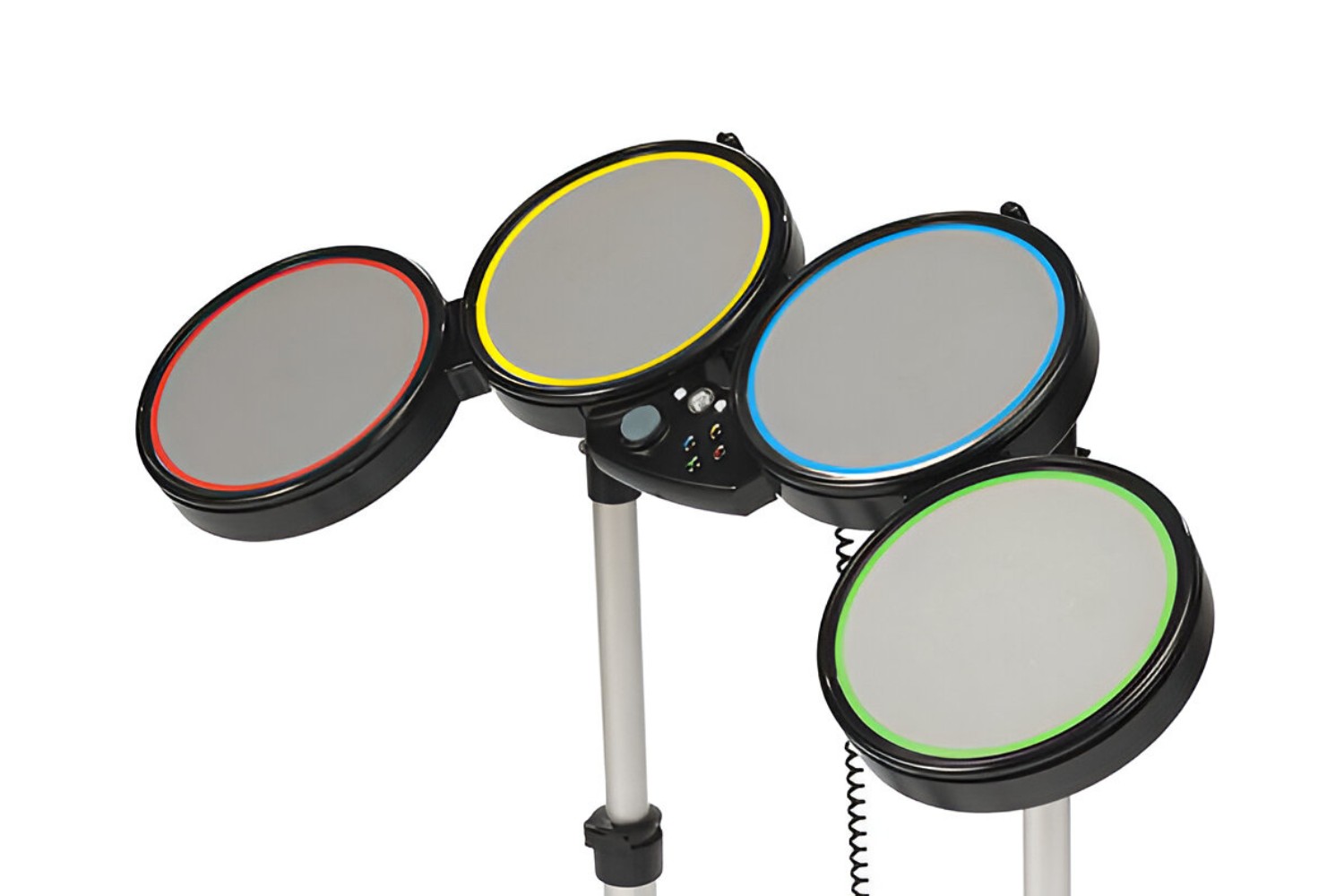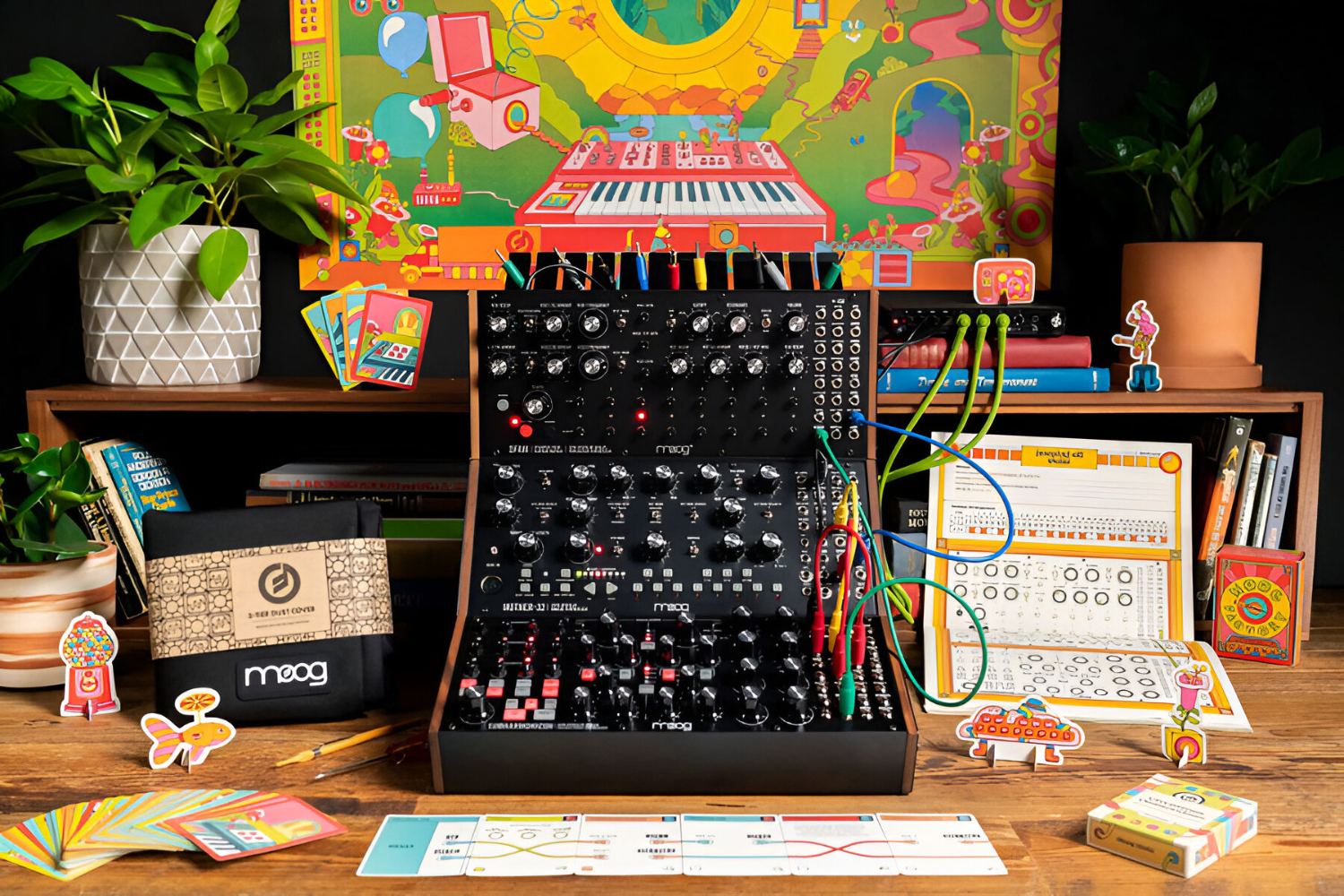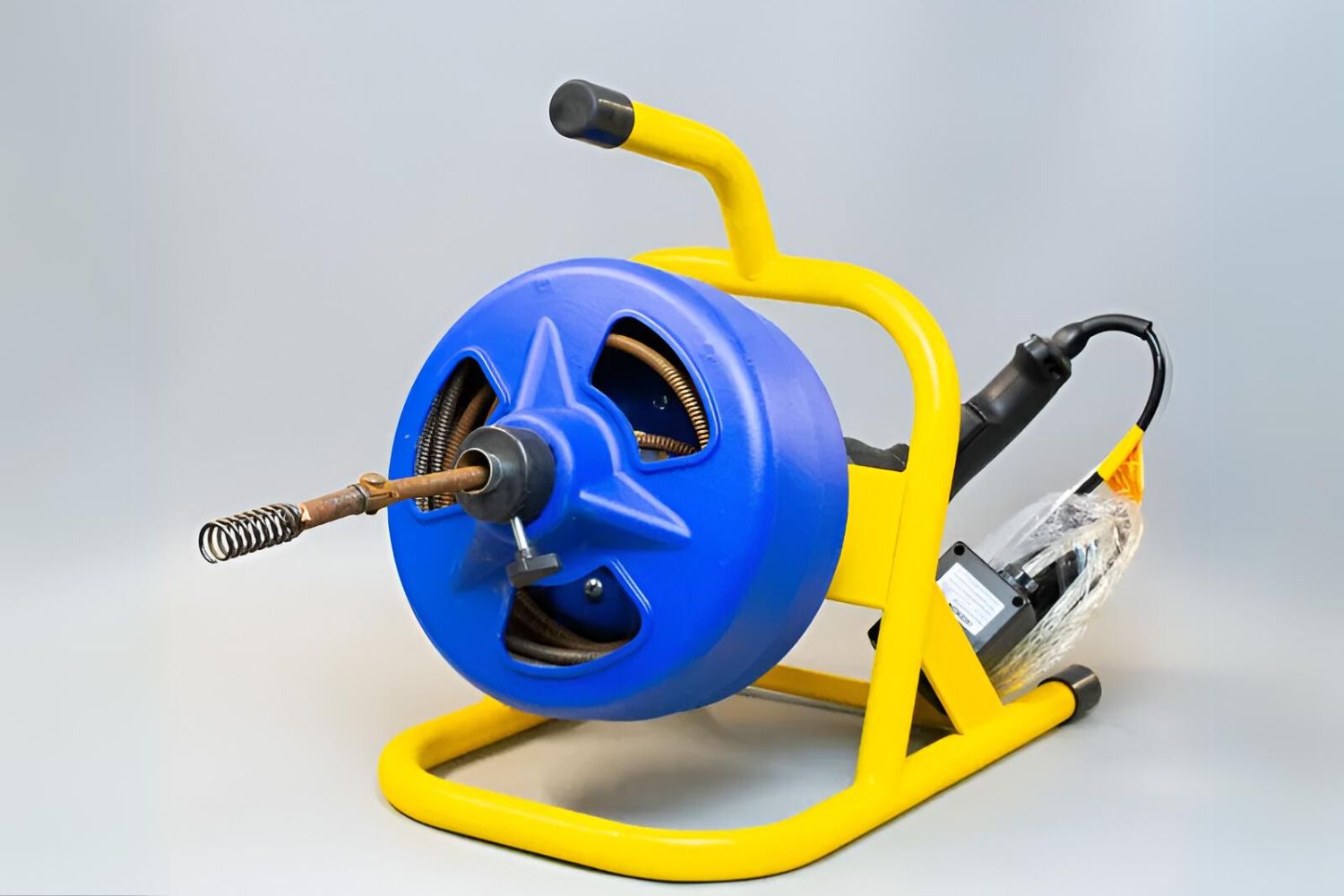Introduction
If you have a passion for creating music, the Hydrogen drum machine is an excellent tool to add to your arsenal. This versatile software allows you to produce rhythmic patterns and sequences using various sounds and samples. Whether you are a seasoned music producer or an aspiring beatmaker, Hydrogen offers a user-friendly interface and a wide range of features to bring your musical ideas to life.
With Hydrogen, you can delve into the realm of electronic music production, experiment with different genres, and unleash your creativity without limitations. The intuitive layout of the software enables you to seamlessly organize and manipulate sounds, making it an ideal platform for both beginners and experienced musicians.
In this guide, we will explore the process of integrating sounds into the Hydrogen drum machine, from downloading and installing the software to creating intricate patterns and sequences. You will learn how to add, organize, and adjust sound parameters to craft unique and compelling musical compositions. Additionally, we will delve into the methods of exporting and saving your projects, ensuring that your hard work is preserved and ready for sharing or further refinement.
By the end of this tutorial, you will have a comprehensive understanding of how to harness the power of the Hydrogen drum machine to elevate your music production endeavors. Whether you aim to craft pulsating electronic beats, intricate percussion arrangements, or dynamic rhythm sections, Hydrogen provides the essential tools to turn your musical visions into reality. Let's embark on this musical journey and unlock the boundless potential of the Hydrogen drum machine.
Downloading and Installing Hydrogen Drum Machine
Before diving into the world of rhythmic creation with Hydrogen, the first step is to obtain and install the software on your preferred operating system. The process is straightforward and ensures that you have access to the full suite of features that Hydrogen has to offer.
To begin, visit the official Hydrogen website and navigate to the download section. Here, you will find versions of the software tailored for various operating systems, including Windows, macOS, and Linux. Select the appropriate version for your system and initiate the download. Once the download is complete, proceed to install the software by following the on-screen instructions provided by the installer.
After successful installation, launch the Hydrogen drum machine to reveal its intuitive and user-friendly interface. Familiarize yourself with the layout and features, as this will pave the way for a seamless music production experience.
Hydrogen’s installation process is designed to be hassle-free, allowing you to focus on your musical aspirations without the burden of complex setup procedures. With the software ready to go, you are now equipped to explore the world of sound organization, pattern creation, and parameter adjustment within the Hydrogen drum machine.
Whether you are a novice seeking to experiment with electronic music production or a seasoned producer looking for a reliable drum machine, Hydrogen’s accessibility and versatility make it an ideal choice for all music enthusiasts. With the software successfully installed, you are one step closer to harnessing its capabilities and unleashing your creativity in the realm of rhythmic composition.
Adding and Organizing Sounds
Once Hydrogen is installed, the next crucial step is to incorporate sounds into the drum machine, allowing you to build a diverse library of samples for your musical projects. Hydrogen supports various sound formats, including WAV, AIFF, and FLAC, giving you the flexibility to curate a collection that aligns with your creative vision.
To add sounds to Hydrogen, you can simply drag and drop audio files directly into the software’s interface. This streamlined process enables you to swiftly populate your sound library with kicks, snares, hi-hats, and an array of percussion elements. As you populate the sound library, consider organizing the sounds into categories or folders based on their characteristics, such as type, genre, or source. This organizational approach will enhance your workflow, allowing for quick access to the desired sounds during the music production process.
Hydrogen also provides the option to assign specific sounds to individual pads, facilitating effortless triggering and manipulation during pattern creation. By associating sounds with designated pads, you can streamline the arrangement and experimentation of rhythmic patterns, offering a cohesive and efficient approach to music production.
As you immerse yourself in the process of adding and organizing sounds within Hydrogen, consider the sonic palette you aim to assemble. Whether you seek punchy and energetic drum samples, atmospheric percussion textures, or unconventional soundscapes, Hydrogen empowers you to curate a diverse array of sounds to fuel your creative endeavors.
By effectively adding and organizing sounds within Hydrogen, you are laying the foundation for seamless and inspired music production. The ability to swiftly access and manipulate an extensive library of sounds will undoubtedly elevate your compositions, enabling you to craft dynamic and captivating rhythmic arrangements with ease.
Creating Patterns and Sequences
With Hydrogen’s sound library at your disposal, the next phase of music production involves crafting compelling patterns and sequences to form the rhythmic backbone of your compositions. Hydrogen’s intuitive interface empowers you to create intricate patterns effortlessly, allowing for seamless experimentation and arrangement.
To initiate the pattern creation process, simply select the desired sound from the library and assign it to a pad within Hydrogen’s interface. By triggering the pads, you can lay down rhythmic elements and construct patterns in real-time, fostering a dynamic and hands-on approach to music production.
Hydrogen’s pattern editor provides a comprehensive suite of tools to refine and manipulate patterns, including the ability to adjust individual note velocities, create rolls and flams, and implement swing to infuse rhythmic variations. These features enable you to sculpt dynamic and expressive patterns, adding depth and character to your musical compositions.
As you delve deeper into pattern creation, consider experimenting with different time signatures, tempos, and rhythmic structures to diversify your musical repertoire. Whether you aim to craft pulsating four-on-the-floor beats, intricate polyrhythmic arrangements, or syncopated grooves, Hydrogen offers the flexibility to realize your rhythmic visions with precision.
Furthermore, Hydrogen’s pattern chaining functionality allows you to seamlessly arrange and sequence patterns to construct cohesive musical arrangements. By linking patterns together, you can craft evolving compositions, transitions, and dynamic variations, breathing life into your musical ideas and enhancing the overall listening experience.
Through the process of creating patterns and sequences within Hydrogen, you are harnessing the power to shape the rhythmic landscape of your musical projects. The software’s intuitive interface and robust feature set empower you to explore endless rhythmic possibilities, providing a platform to unleash your creativity and craft compelling musical narratives.
Adjusting Sound Parameters
Once you have assembled your patterns and sequences within the Hydrogen drum machine, the ability to fine-tune and adjust sound parameters becomes instrumental in shaping the sonic character of your compositions. Hydrogen offers a range of sound manipulation tools that empower you to sculpt and refine individual sounds, adding depth, texture, and sonic nuance to your musical creations.
Hydrogen’s sound parameter controls allow you to modify essential sonic attributes such as pitch, decay, attack, and filtering, providing a comprehensive toolkit for sonic sculpting. By adjusting these parameters, you can imbue your sounds with distinct tonal qualities, tailoring them to suit the aesthetic and mood of your compositions.
Moreover, Hydrogen’s built-in effects, including reverb, delay, and compression, enable you to further enhance and shape the sonic characteristics of your sounds. These effects can be applied globally to the entire drum kit or individually to specific sounds, offering a versatile approach to sound processing and manipulation.
Furthermore, the ability to automate sound parameters within Hydrogen allows for dynamic and expressive sonic transformations. By automating parameters such as filter cutoff, resonance, or effect levels over time, you can introduce evolving textures and sonic movements within your compositions, adding depth and intrigue to your musical arrangements.
As you explore the process of adjusting sound parameters within Hydrogen, consider the sonic narrative you aim to convey through your compositions. Whether you seek to create ethereal and atmospheric soundscapes, punchy and dynamic drum textures, or experimental sonic explorations, Hydrogen’s sound manipulation tools provide the means to realize your sonic vision with precision and creativity.
By harnessing the power of sound parameter adjustment within Hydrogen, you are not only refining the sonic palette of your compositions but also infusing them with depth, character, and emotive resonance. The ability to meticulously shape and mold individual sounds empowers you to craft compelling and immersive musical experiences, elevating your compositions to new heights of sonic expression.
Exporting and Saving Your Project
Upon completing your musical masterpiece within the Hydrogen drum machine, the final step involves exporting and saving your project to preserve your creative endeavors and share them with the world. Hydrogen provides seamless methods to export your compositions in various formats, ensuring compatibility with different playback systems and digital audio workstations.
To export your project, navigate to the export menu within Hydrogen, where you can specify the desired file format, bit depth, and sample rate. Whether you intend to export your compositions as high-quality WAV files for professional mixing and mastering or compressed formats for online distribution, Hydrogen offers the flexibility to cater to your specific export requirements.
Furthermore, Hydrogen allows you to export individual tracks or stems, providing the freedom to collaborate with other musicians, mix engineers, or producers. By exporting stems, you can retain the flexibility to further refine and process individual elements of your compositions, opening avenues for creative collaboration and sonic exploration.
Once your project is exported, it is essential to save your work to preserve your creative efforts and facilitate future modifications. Hydrogen enables you to save your projects in its native file format, allowing you to revisit and continue refining your compositions at a later time. Additionally, consider creating backups of your projects to safeguard against unforeseen data loss and ensure the longevity of your musical endeavors.
Whether you aim to share your compositions with a global audience, collaborate with fellow musicians, or archive your creative output for future reference, the process of exporting and saving your projects within Hydrogen is pivotal in preserving your musical legacy and enabling further creative exploration.
By mastering the art of exporting and saving your projects within Hydrogen, you are not only safeguarding your musical creations but also opening doors to a world of possibilities, including collaboration, distribution, and continued artistic evolution. The seamless export and saving capabilities of Hydrogen empower you to share your musical vision with the world and embark on a journey of creative expression and exploration.







